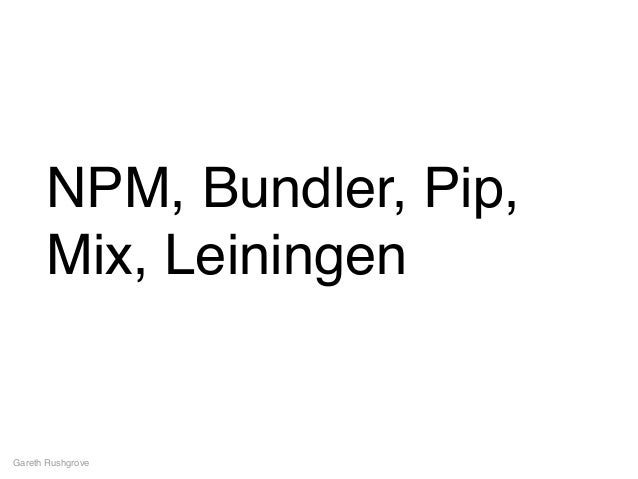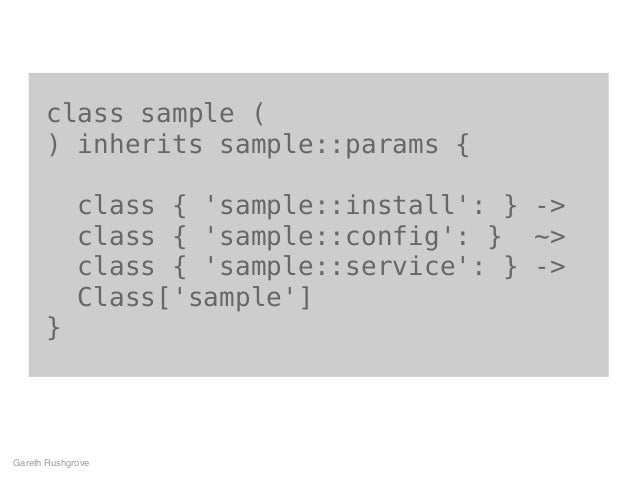

Puppet module filebeats code#
In the above code snippet, the code is trying to search for file /private/file.txt from the client. This is useful is creating modules where the files of each client are kept completely separately. All are taken from the client’s SSL certificate (so be careful if one has a mismatch in hostname and certificate name). The path can contain any or all of the %d, %h and %H which are dynamically replaced by its domain name, its host name, and fully qualified host name. Default security option is to deny all the access, so if no allow lines are specified, the module which will be configured will be available to anyone. The module name somewhat goes in the brackets. The configuration file resembles INI files but is not exactly the same.Īs shown in the above code snippet, all the three options are represented in the configuration file. In Puppet directory structure, by default the file server configuration is located under /etc/puppet/nfig directory, if the user wishes to change this default configuration file path, it can be done using the new config flag to puppetmasterd. “puppet://server/modules/module_name/sudoers” We will specify the file serving module in the following manner. Java_alternative_path => '/usr/java/jdk1.8.0_25/jre/bin/java'Īs in the above code snippet, Puppet’s file serving functions abstracts the local filesystem topology by supporting the file service module. Puppetmasterd and the client function plays a key role in sourcing file attributes as the file object. This feature of file serving function in Puppet comes as a part of central Puppet daemon.

This feature of the file server helps in copying the files around multiple machines.
Puppet module filebeats software#
There is no automatic dependency resolution when using a Puppetfile.Puppet follows the concept of client and server where one machine in a setup works as the server machine with Puppet server software running on it and the remaining works as the client with Puppet agent software running on it.



 0 kommentar(er)
0 kommentar(er)
